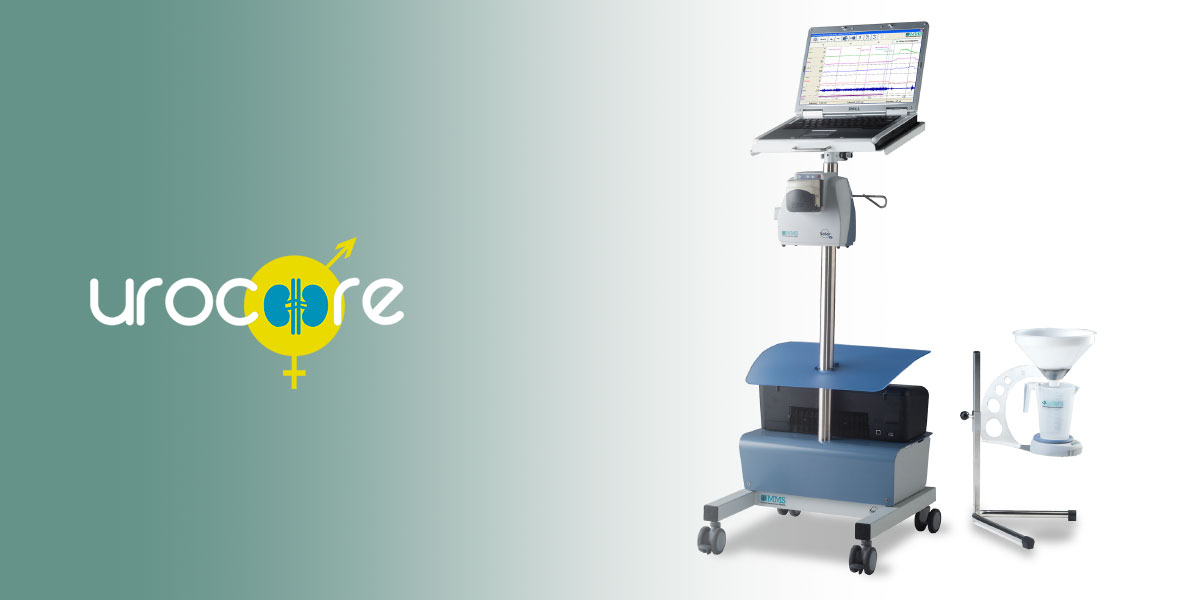What is Urodynamics?
Urodynamic Testings give physician information by examining the different features of the lower urinary system’s function.
These testings have three main goals:
- Identify the underlying problems of the patient’s complaints related to urination,
- Facilitate the physician’s decision on the appropriate treatment options for the elimination of these complaints, and
- Ensure the measurement of the progress after the applied treatment.
The function of the lower urinary tract is provided by the joint operation of the bladder (urinary bladder), bladder outlet, and urethra (urinary tract) and also a robust nerve conduction system that regulates the work of these three. The resulting urination cycle takes place in two different stages; storage (accumulation of urine in the bladder) and excretion (urination).
Urodynamic testings are not static, but dynamic studies. During the filling of the bladder at a certain rate, the important stages of the urination cycle are recorded by communicating with the patient. The patient’s complaints are tried to be resolved with the observations made during the procedure and the graphics printed afterward.
Through urodynamic examinations, your doctor will reach detailed and guiding information about your lower urinary system functions and the functioning of the urination cycle.


